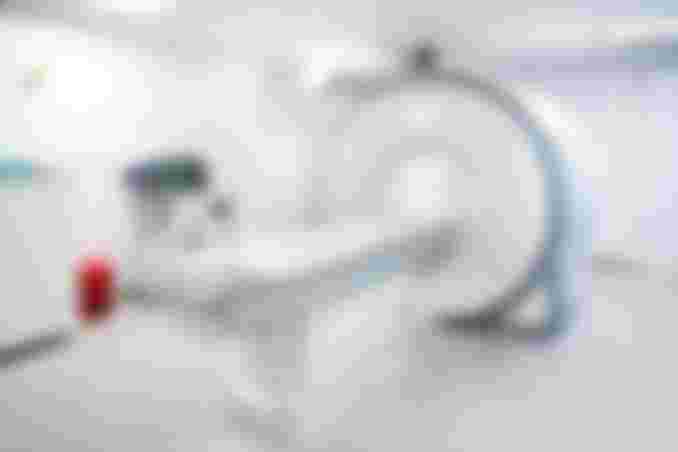Hi friends.. Good noon..
What are you doing now.?
I am writing about new things.
I hope you like it..
Now i am Speaking of MRI machine discovery
Panchanan Mandal 09102020
********************
One of the most exciting diagnostic instruments in the history of twentieth century medicine is the MRI (MRI, Magnetic Resonance Imaging) machine. The device was first invented by the American physician Raymond Damadian in 1979. However, it was not a real modern MRI machine.
MRI can take perfect pictures of different parts of the body. Tumors of different parts of the body, damaged tissues, broken bones can be identified by looking at the pictures. Compared to other conventional instruments, it is much more perfect and works without any harmful effects.
In a study of a type of bacterium called halophils, scientists using Damadian nuclear magnetic resonance found that the bacteria's potassium levels were about twenty times higher than those of other bacteria.
He was so impressed with the result that he set out to use it to diagnose other diseases, including cancer (198). This is how this extraordinary instrument of medical science was discovered. Scientist Damadian has spent most of his life developing the device.
About 60% of the human body is water and fat. It contains a large number of hydrogen atoms. Usually these atoms move back and forth in their own magnetic field like a lattice. If the human body is placed in a strong magnetic field, these hydrogen atoms are arranged in pairs in such a way that about half the number of atoms are arranged towards the south pole of the magnetic field. But some hydrogen atoms remain odd.
In this case, if the radio frequency wave pulse is sent, these odd atoms take up energy and change their current position and turn to the other side.
Then if the radio frequency pulse is stopped, these atoms return to their previous position and emit energy. This energy sends signals to the computer and the computer uses them to form scientific images using mathematical formulas and algorithms.
The frequency of the radio pulse sent to the MRI machine is usually equal to the own frequency of hydrogen. The result is resonance in the hydrogen atom. This is why it is called resonance imaging.
The magnetism used to create a magnetic field in this machine is usually 5,000 to 20,000 gauss, or 0.5 to 2.0 Tesla. Where the value of the Earth's magnetic field is only 0.5 gauss. The magnetic moment of a hydrogen atom is more sensitive because it contains unpaired electrons and their number in the human body is infinite. So hydrogen is chosen.

In 1981, scientist Paul Lotterbar was able to successfully measure NMR using three-dimensional magnetic field gradient and back projection methods.
He published it in detail in the journal Nature in 1983. During this time another scientist, Peter Mansfield, made great strides in MRI techniques.
July 3, 1996 is a bright day in the history of medical science. On that day, a team of researchers led by Sir Peter Mansfield conducted the first successful test of an MRI machine on the human body.
In recognition of this work, Mansfield and Lotterbar jointly won the Nobel Prize in Medicine in 2003.
Thanks to the tireless work of various researchers from Damadian to the present day, this remarkable instrument has come to this position today.
Today is the birthday of scientist Peter Mansfield.
We pay tribute to all the scientists and researchers involved in the research of MRI machines, including scientists Damadian, Lotterbar and Mansfield.
Sources - Wikipedia and the encyclopedia Britannica
Thanks for reading.. Please support me.. I also support you..

Nice...plz back